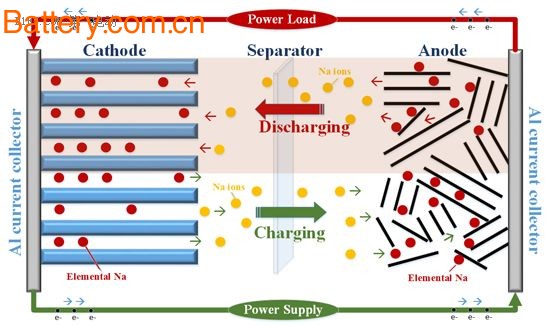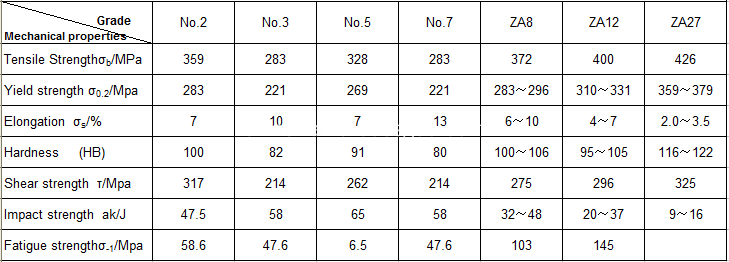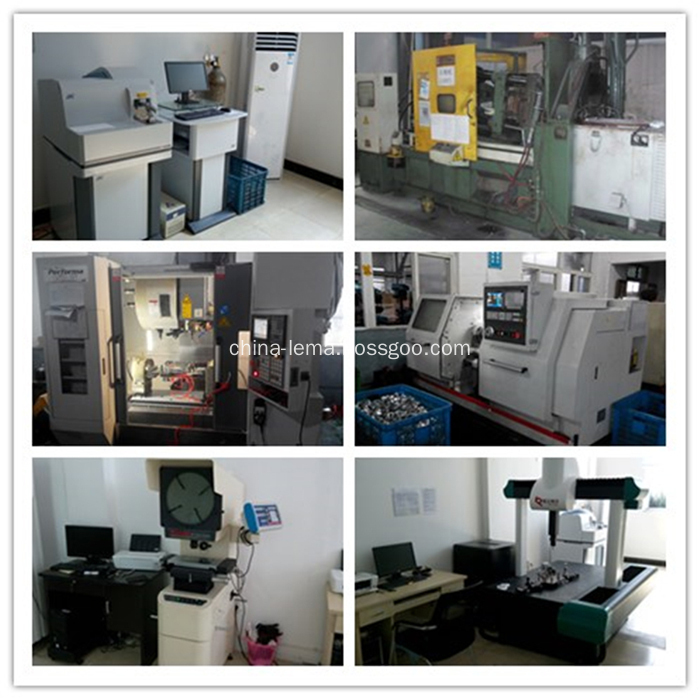In the huge family of batteries, compared with the well-known lithium-ion batteries , lead-acid batteries, nickel-cadmium batteries, sodium-ion batteries, etc., due to limited energy storage capacity and fewer cycles, they have not become the "darling" of the market. However, recently, Hu Yongsheng, a researcher at the Institute of Physics of the Chinese Academy of Sciences, led the team to bring a "cardiotonic agent" to the market for sodium-ion batteries. His team successfully used anthracite to make a negative electrode for sodium-ion batteries, which made it possible for further market applications. In fact, sodium-ion batteries and lithium-ion batteries have developed in the same period. However, sodium-ion batteries have been developing hysteresis. The important reason is that no suitable anode material has been found, which makes sodium ions a low-cost, practical battery. However, in fact, compared with lithium, sodium is abundant in storage, widely distributed, low in cost, and has similar physical and chemical properties to lithium. In view of this, scientists have never given up on the research of sodium ion batteries. Anthracite provides storage space for sodium ions The research found that lithium-ion batteries have strong application fields, and more because graphite is a highly ordered carbon material. It has a low and stable charge and discharge potential platform, and has large charge and discharge capacity, high efficiency, and good cycle performance. advantage. However, graphite is not suitable for sodium ions, because sodium ions can only be used in disordered hard carbon materials. Moreover, " among many anode materials, the electrochemical performance of hard carbon materials is currently the best." As a researcher of new energy materials, Hu Yongsheng has been working on sodium ion batteries. However, from a cost perspective, hard carbon is much higher than graphite. Thus, after several experiments, Hu Yongsheng discovered that a soft carbon material can be obtained by cracking anthracite, which can be used as a negative electrode material for sodium ion batteries. “We first crush the anthracite and then heat it to a certain temperature to get the disordered soft carbon material. Moreover, because the anthracite has a carbon production rate of 90%, the cracking process itself has few pollutants, the most It is important to use anthracite as a raw material, which can greatly reduce the cost of the negative electrode material of sodium ion battery." Hu Yongsheng told reporters. In fact, Hu Yongsheng's team not only conducted pioneering research on the anode materials of sodium ion batteries, but in 2015, they also found new discoveries in the cathode materials of sodium ion batteries. At present, the positive electrode material of lithium ion battery often contains nickel and cobalt. If the positive electrode material of sodium ion battery also uses nickel and cobalt, the space for cost reduction is limited, so it is imperative to find new materials instead of nickel and cobalt. After the test of copper-iron-manganese-based oxide materials, Hu Yongsheng found that adding copper to the layered material can improve the conductivity of the material. In addition, the copper-containing compound is not afraid of water and is relatively stable in the air. Battery applications are very important because the material absorbs water and encounters a series of problems that increase material costs." Hu Yongsheng said that copper, iron and manganese are the ideal choice for cathode materials for sodium ion batteries. "Zhongzhong" low-speed electric vehicle market Although sodium ion batteries are still in demand from mass production and application, Hu Yongsheng has already targeted the low-speed electric vehicle market. "At present, most of China's electric bicycles, electric tricycles and even old scooters use lead-acid batteries." Hu Yongsheng said that although lead-acid batteries seem to have some advantages in price, they have not been established in China. The perfect recycling system, the hidden dangers of environmental pollution can not be ignored. A few years ago, the state began to pay attention to the pollution of lead-acid batteries. On January 3 this year, the State Council officially promulgated the "Promotion Scheme for the Extension of Producers' Responsibility System", taking the lead in determining electrical appliances, automobiles, lead-acid batteries and packaging materials. The extension of the producer responsibility system for the production of products: the establishment of a recycling system based on the principle of who is responsible for production, who is responsible for pollution, and the era when the lead-acid battery manufacturers are only profitable and irresponsible for pollution is coming to an end. "After the establishment of the recycling system, the cost of lead-acid batteries is bound to increase. Due to environmental pressures and technological upgrading, there are already many mainstream companies that produce lead-acid batteries, and they are beginning to get involved in the production of lithium-ion batteries ." Hu Yongsheng mentioned. However, the reserves of lithium resources that can be mined on the earth are limited, and the application field of lithium is very broad. In addition to the well-known battery industry, there are demand for lithium in industries such as ceramics, glass, lubricants, refrigerants, nuclear industry and optoelectronics. Hu Yongsheng believes that the emergence of sodium-ion batteries is expected to alleviate the limited development problems caused by the shortage of lithium resources to a certain extent, which is a useful supplement to lithium-ion batteries. Hu Yongsheng's team has been tested and found that if copper-iron-manganese-based oxide is used as the positive electrode and anthracite-based soft carbon is used as the negative electrode, the energy density of the sodium-ion battery reaches 100 Wh/kg. Although it doesn't look like a lithium-ion battery, it is more than twice as much as a lead-acid battery. At the same time, the number of charge and discharge cycles of the laboratory Ah battery has reached more than 500 times, which is better than lead-acid batteries, the energy conversion efficiency is as high as 90%, and the low temperature performance is good (the discharge capacity of -20 °C is 86% of the room temperature discharge capacity), and Passed a series of safety tests for lithium ion batteries, such as acupuncture, extrusion, short circuit, over charge, over discharge. And its material cost is about 40% lower than lithium-ion batteries. "That is to say, if a recycling system for lead-acid batteries is established, the cost of sodium-ion batteries will be close to that of lead-acid batteries after mass production." Hu Yongsheng believes that, more importantly, sodium-ion batteries with copper-iron-manganese as the positive electrode are No environmentally unfriendly products are produced during the production process and during the recycling process. Prospects In addition to targeting the low-speed electric vehicle market, Hu Yongsheng also expects that sodium-ion batteries will shine in energy storage. Recently, the National Energy Administration released the operation of wind power grid connection last year. As of December last year, the newly added wind power installed capacity was 19.3 million kilowatts, and the cumulative grid-connected installed capacity reached 149 million kilowatts, accounting for 9% of all power generation capacity. 241 billion kWh, accounting for 4% of all power generation. However, last year's abandonment of wind power was also 49.7 billion kWh. "This is due to the lack of suitable large-scale energy storage technology." Hu Yongsheng has some regrets. Because the energy storage battery needs a large number, it is required that the cost cannot be too high, and its safety and stability are also considered factors. The current situation of the scarcity of lithium resources makes it difficult to become a "centralizer" of large-scale energy storage batteries. The development of sodium ion batteries has made energy storage batteries possible. In Hu Yongsheng's view, "When the number of cycles reaches 5,000, sodium-ion batteries can be considered for the development of the energy storage battery industry." Hu Yongsheng further explained: First, the reserves of sodium in the earth are relatively abundant and the cost is low. Secondly, the material and production process of the battery are quite environmentally friendly and will not pollute the environment; third, its use is safer; fourth, The sodium ion battery can completely vent the electricity without worrying about the overdischarge of the lithium ion battery. “The most important thing is that the production of sodium-ion batteries can follow the existing lithium-ion battery production process and equipment, no need to start a new stove.†"Future sodium-ion batteries can gradually replace lead-acid batteries, which are widely used in various low-speed electric vehicles and complement lithium-ion batteries." Hu Yongsheng looked forward to it.
Characteristic of zinc
die casting products:
1. High specific density, more
strength than plastic injection molding.
2. Good casting performance, Producing complex shape and Thin-walled precision die casting
parts,
3. Easy do the surface treatment: Plating, powder
coating, Painting.
4. Do not attract iron when Melt and die casting, do
not corrosion Zinc Die Casting Mould and Non-stick mold.
5. Have good room temperature mechanical properties
and wear resistance.
6. Low melting point, Melts at 385℃, more easily forming
than aluminum alloy die-casting molding.
M Domestic commonly used
die-casting zinc alloy material performance:
The traditional
die-casting zinc alloy: No.2, No.3, No.5, No.7. ZA8 Currently the most widely
used is zinc alloy No.3.
The application of
commonly used zinc alloy:
No.2: It is used to those mechanical fittings that
have special need in mechanical capability, and need high rigidity and normal dimension and precision.
No.3: Good liquidity and
mechanical properties, and the best combination of mechanical properties, casting properties and
economical. It applied to the die casting part which the mechanical strength requirement
is not high. Such as toys, light parts, decorations and part of the electric
parts.
No.5: Good fluidity and
good mechanical properties, high wear resistance. It applied to the zinc die
casting part which has requirements of mechanical strength. Such as auto parts,
mechanical and electrical parts, machinery parts, electrical components.
Domestic main zamak
chemical composition %
Die-casting zinc alloy
mechanical properties
The precision of the Zinc Alloy Die Casting: ±0.05mm;
Smoothness of surface of rough part: Ra1.6~Ra3.2;
Shrinkage rate of zinc die casting products: 0.3%;
Material wastage rate: 5%;
General zinc die-casting machining allowance: 0.3mm~0.5mm;
Surface preparation methods: Sand blasted, Shot blasting, Powder coating,
Painting, Plating, Electrophoresis, Polishing
The zinc alloy die casting production and QC control
Zinc Die Casting Parts, Zinc Die Cast, Zinc Alloy Die Casting, Zinc Die Castings, Zamak Die Casting Part, Zamak Injection Part NINGBO BEILUN LEMA MACHINERY TECHNOLOGY CO.,LTD , http://www.china-lema.com
the surface of Zinc Die Casting part is smooth.


